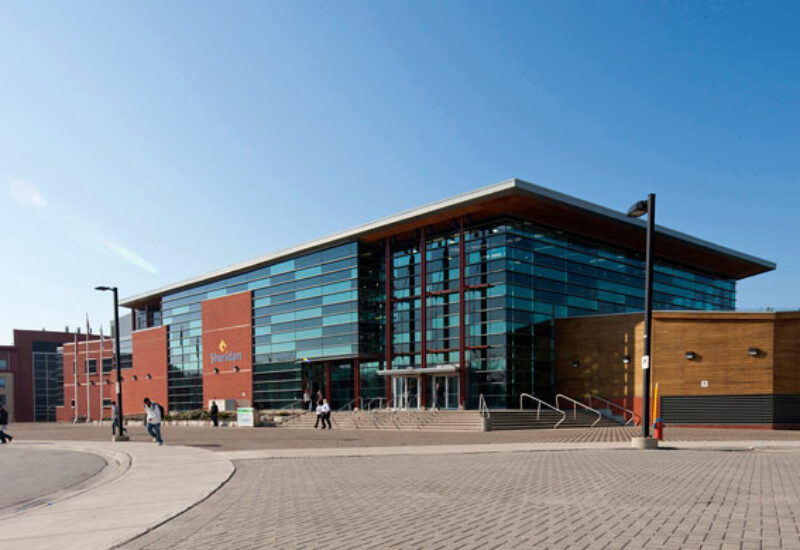On September 26, 2017 Baumann Consulting partnered with Garforth International, Sheridan College and the Building Energy Exchange for a panel discussion titled Campus and Community Energy Master Planning. The event was graciously hosted by USAI Lighting at their beautifully lit showroom in Soho.
The event started with presentations from each panelist and ended in a lively discussion with the audience. Brief examples of implemented Integrated Energy Master Plans included higher education campuses, military bases, cities and counties. More detailed case studies included the City of Windsor and Sheridan College, both in Canada.
Framing existing and implemented case studies within NYC’s 80 x 50 goals, the presenters provided a step-by-step description of Integrated Energy Master Plans. The process starts with defining the baseline energy performance and engaging stakeholders to define goals (e.g. NYC’s 80×50). The process ends with implementation of the efficiency case most cost productive to achieve the previously defined framing goals. The defined steps in between are detailed in the slides that the presenters have made available to the public, here. Peter Garforth, president of Garforth International, emphasized that “only plans that are implementable are plans worth making”.
Herb Sinnock, Manager of Sustainable Energy Systems at Sheridan College, described his experience developing an energy master plan in partnership with Garforth International and Baumann Consulting. As a result, Mr. Sinnock is now implementing about $40M in cost-optimized campus-wide measures, including district energy, to reduce Sheridan College’s energy use by a projected 67% below the baseline. Herb emphasized that Sheridan’s success followed three key themes:
- Understand your baseline
- Base all decisions on science
- Develop rock solid financials
Wrapping up the presentation portion of the discussion, Oliver Baumann detailed Baumann Consulting’s methodology for modeling a campus, town or city’s baseline and efficiency case energy demand. Mr. Baumann also highlighted the potential opportunities North American cities have by meeting global best practices, as in Copenhagen and Stuttgart. Significant discussion followed Mr. Baumann’s description of the loading order for appropriately selecting energy conservation measures, whether for a single building or New York City.
- Efficiency – If you don’t need it, don’t use it.
- Energy Recovery – If it’s already there, use it.
- Energy Distribution – Invest where it makes sense.
- Renewable Energy – If it makes sense, go carbon free.
Attendees included members of the NYC 2030, architects, engineers, major utilities, energy and sustainability consultants, building technologies, urban planners and others.
For campuses, cities, town and the world to reach the energy and greenhouse gas goals, implementable plans utilizing good data and science need to be developed and executed. In New York, NYSERDA’s Flexible Technical Assistance (FlexTech) Program provides incentives for up to 50% of the costs for energy master planning and other energy services. If you would like to learn more about energy master planning, feel free to download the presentation slides here and/or directly contact Baumann Consulting.







